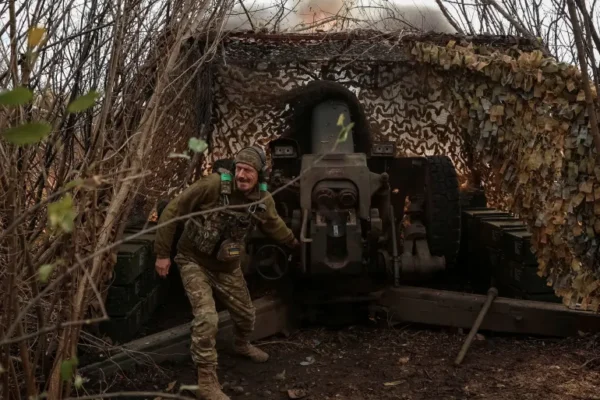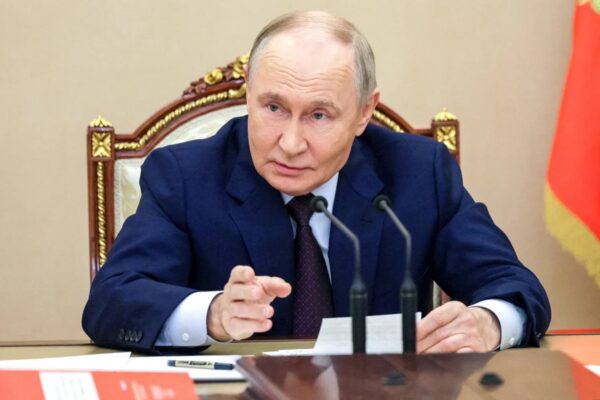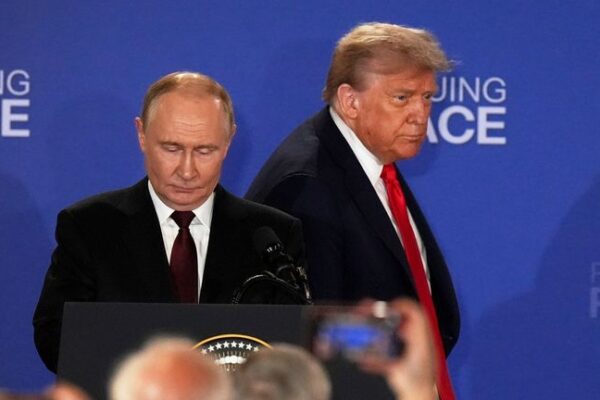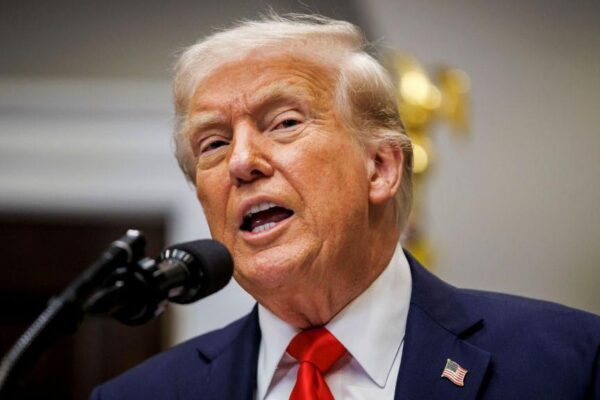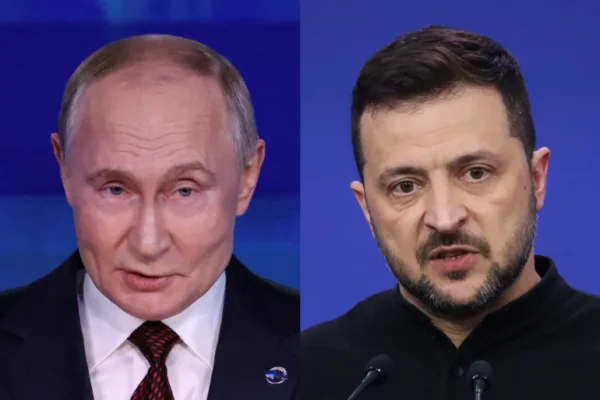
Russia-Ukraine War Live: US Envoy Steve Witkoff Heads to Moscow as Trump Pushes for Rapid Peace Deal
At least 19 civilians have been wounded following a series of overnight Russian drone strikes on Ukraine’s southeastern Zaporizhzhia region, authorities said, as heavy fighting continues along the front lines. The attacks came amid intensifying diplomatic activity, with the United States confirming that special envoy Steve Witkoff will travel to Moscow for high-level talks with Russian President Vladimir Putin as part of Washington’s push to secure a ceasefire agreement. Ukraine signals openness to US plan The Ukrainian government said it supports the “essence” of a new US-backed proposal aimed at ending the nearly four-year war. President Donald Trump said on Tuesday that “progress” is being made, even as negotiations drag on in Geneva and other European capitals. Witkoff’s visit is the most direct engagement yet between Washington and Moscow under the Trump administration’s peace initiative. Russia accuses Europe of undermining peace efforts Russia’s Foreign Ministry claimed that European politicians and media outlets are attempting to undermine US-led efforts to broker a settlement, accusing Western governments of trying to prolong the conflict to weaken Moscow. The EU, UK and other Western partners have publicly expressed concerns about parts of the US plan, warning that any agreement must protect Ukraine’s sovereignty and territorial integrity. Russian air defences repel multiple drone attacks Russia’s Defence Ministry said its air defence units intercepted 33 Ukrainian drones across the Belgorod, Voronezh, Lipetsk, and Bryansk regions on Tuesday night. No casualties were reported. As diplomatic efforts resume and battlefield intensity escalates, the coming days are expected to be pivotal in determining whether the warring parties move closer to a negotiated settlement or brace for another winter of fighting.


